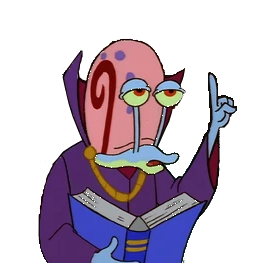Format
-
Reading Volumes 1, 2, and 3 in one year. This will repeat yearly until communism is achieved. (Volume IV, often published under the title Theories of Surplus Value, will not be included, but comrades are welcome to set up other bookclubs.) This works out to about 6½ pages a day for a year, 46 pages a week.
-
I'll post the readings at the start of each week and @mention anybody interested. Discuss the week's reading in the comments.
-
Use any translation/edition you like.
Resources
(These are not expected reading, these are here to help you if you so choose)
-
Harvey's guide to reading it: https://www.davidharvey.org/media/Intro_A_Companion_to_Marxs_Capital.pdf
-
A University of Warwick guide to reading it: https://warwick.ac.uk/fac/arts/english/currentstudents/postgraduate/masters/modules/worldlitworldsystems/hotr.marxs_capital.untilp72.pdf


I like how Radhika Desai describes it: value is like gravity. The “value” of a commodity is an object (or really, the gravity of that object) and price moves around that object like comets and planets move around the sun, if that makes sense.
Value is what determines price all things being equal, but in reality all things are not equal. There are an uncountable number of factors that move the price off the value.
Similar excerpt from Value, Price, and Profit (basically a cliff notes version of Capital):
Excerpt - supply and demand do not explain value
Now, this concept of an ideal price was not innovated by Marx. Adam Smith (regarded by Marx as one of the two great political economists, along with David Ricardo, in Capital chapter 1 footnote 33) thought of this as well and called it natural price.
In fact, Marx was not even the first to come up with a labor theory of value. Adam Smith, a man held in esteem today by modern bourgeois economists, actually himself based his theory on a labor theory of value.
Capital is Marx’s original ideas posed as a critique of political economy (hence the subtitle). So he took these ideas that had already been put forward by Smith, Ricardo, and others, and carried them out systematically to their conclusion, in some aspects more consistently than the original authors.
A flaw in Adam Smith’s theory of labor is the mud pie argument so often thrown at Marx, when really Marx made the theoretical advancement that overcomes it. Smith did not determine what kind of labor creates value and hence counts as social labor. So, someone who makes something socially useless, like mud pies, all day could earn an income in Smith’s model.
What distinguishes Marx’s labor theory from earlier theories is in his recognition of the dual character of labor1, that a singular act of labor is regarded in two different ways in the real practice of capitalism. On one hand, concrete labor produces use values, but on the other hand, abstract labor produces value. Throughout capital, concrete ≈ natural/physical, and abstract ≈ social. All societies produce use values, but only in the capitalist epoch does society behave as though these use values have a distinct property called value, due to being commodities.
1 - Letter from Marx to Engels